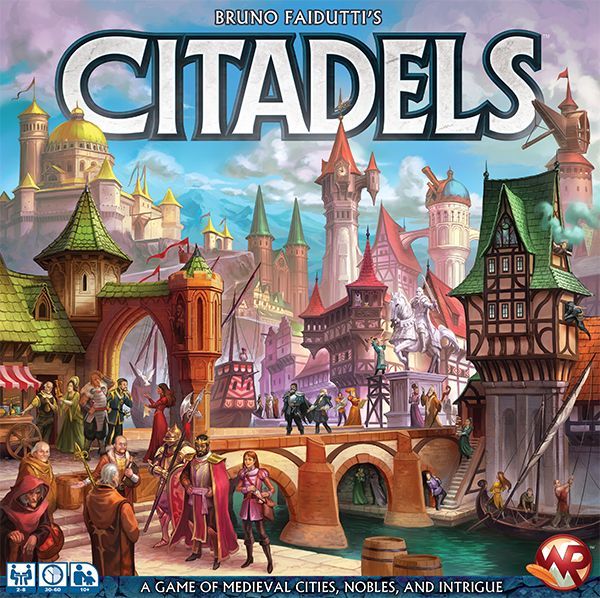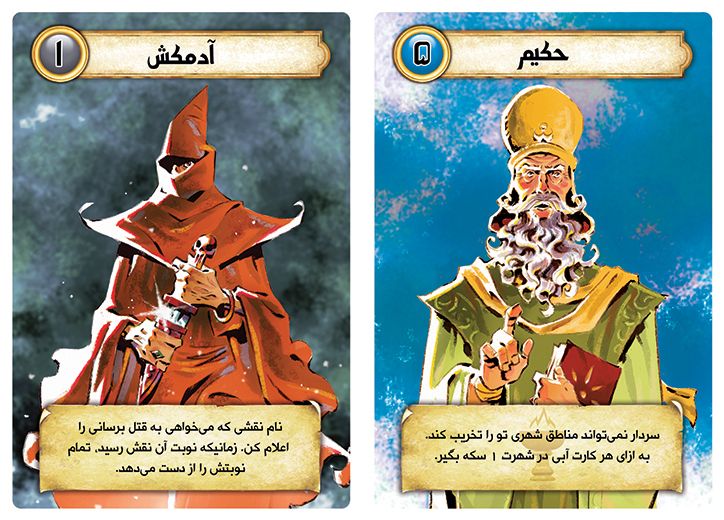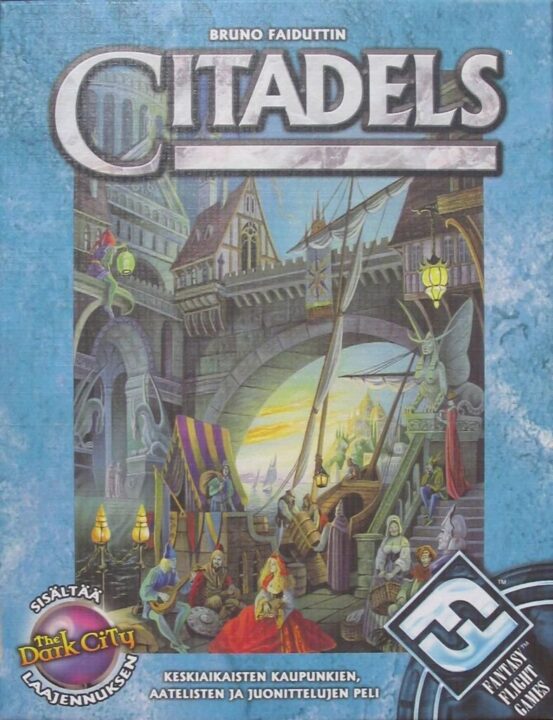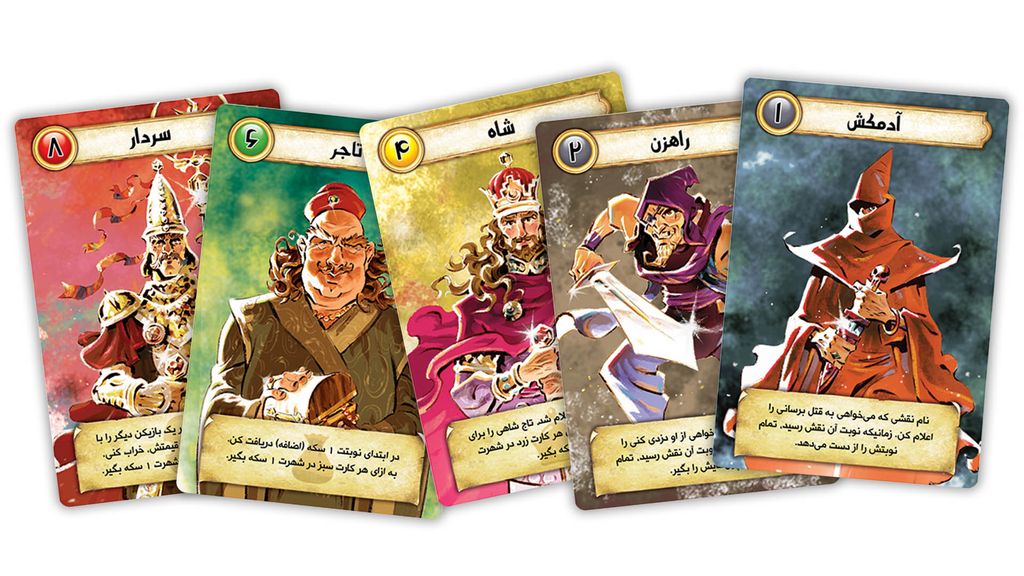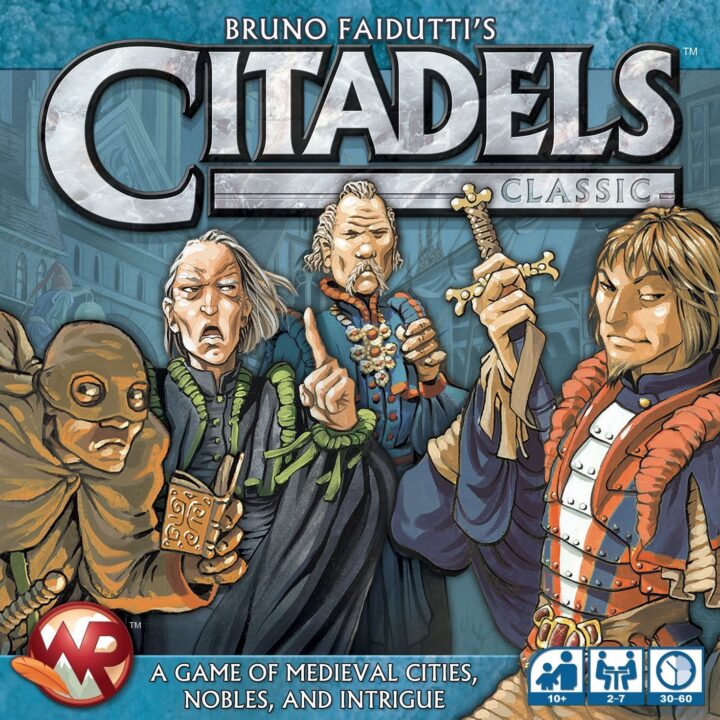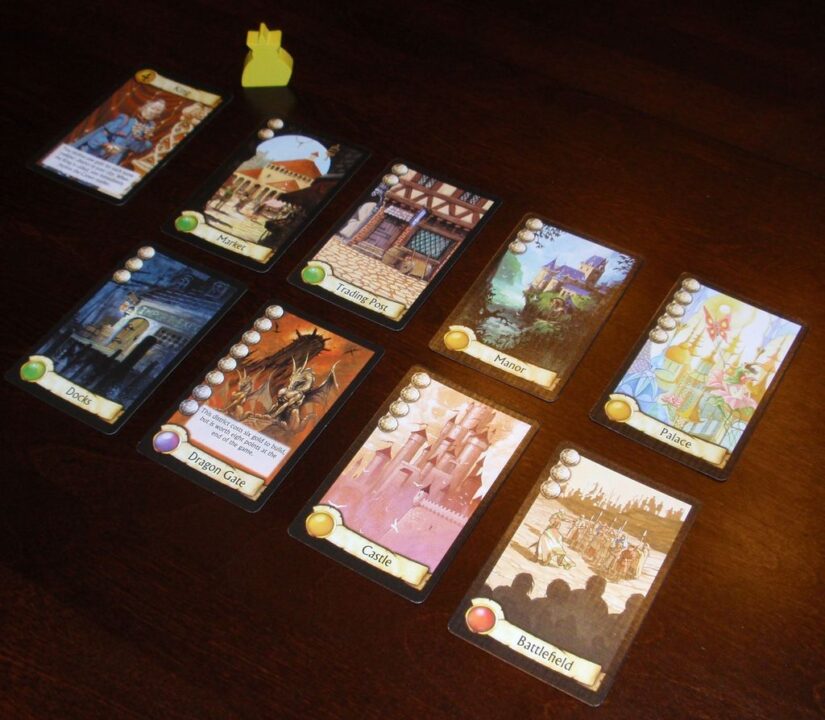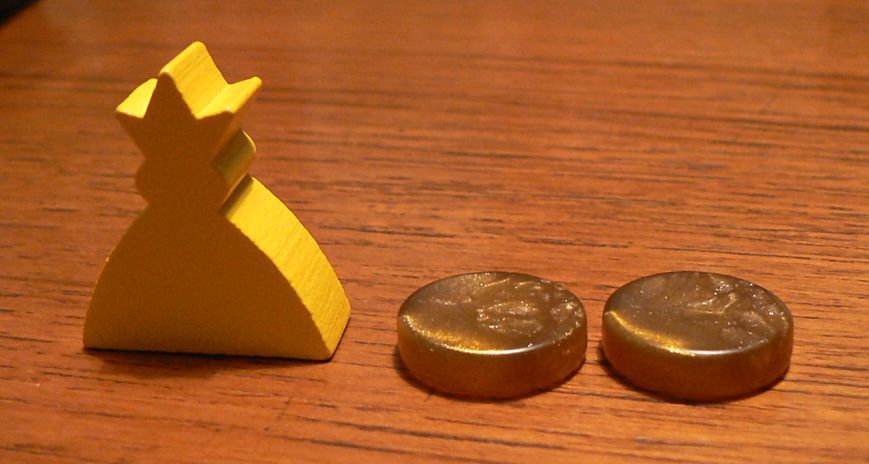Overview
Hey there, fellow game night enthusiasts! It’s Jamie here, bringing you another board game review that promises laughs, strategic banter, and, of course, a dose of honesty. Today, we’re diving into the medieval world of ‘Citadels‘ – a game where your wits, ability to read your friends like a cheap novel, and your knack for building stuff come into play. So, grab your hammer and put on your thinking crown; we’re about to see if this game is the royal jewel of game nights or if it’s just another peasant in the pile.
How It Plays
Ever wondered how a small box could pack a big punch? That’s ‘Citadels’ for you. Let’s dive into the nitty-gritty of setting up, gameplay, and how to clinch victory in this strategic game of deduction, deception, and construction.
Setting Up
To set up ‘Citadels’, first, shuffle the character cards and randomly deal one to each player. Next, lay out all the district cards in the middle of the table. Each player starts with four district cards and a handful of gold coins. The oldest player goes first, or just pick whoever built something recently – they have a natural advantage, right?
Gameplay
During the game, players choose characters with special abilities to help them earn gold, draw cards, or mess with others’ plans. Each round, you can take gold or draw cards, and then build a district by paying its cost. Remember, every character has a unique power, so choose wisely. Will you be the sneaky Thief or the mighty King? Strategy and a bit of luck define your path to success.
Winning the Game
The aim in ‘Citadels’ is to be the wealthiest city ruler. The game ends when a player builds their eighth district. Points are then tallied based on the value of the districts, bonus points for completing first, and having districts of all five colors. The player with the highest score sits atop the citadel’s throne, basking in the glory of their well-earned victory.
Want to know more? Read our extensive strategy guide for Citadels.
The Strategic Chess Game of Character Selection in Citadels
Let’s talk character selection in Citadels, folks! Picking your character each round isn’t just about what you get; it’s about outsmarting your pals. Each character has unique powers. The Thief can steal gold, while the Architect grabs extra building cards. Your choice can boost your city or mess up someone else’s day. It’s a strategic dance. Do you go for gold, or do you block your buddy’s master plan? And let’s not forget the sneaky Assassin. Picking the right target for him can turn the tide. Every game night, we lean in when the character cards come around. It’s not just about what you pick; it’s about guessing what your friends will pick. This chess game within a game adds a layer of strategy that keeps Citadels fresh every time we play.
Now, hold onto your hats because we’re about to dive into the world of Building variety and game pacing next.
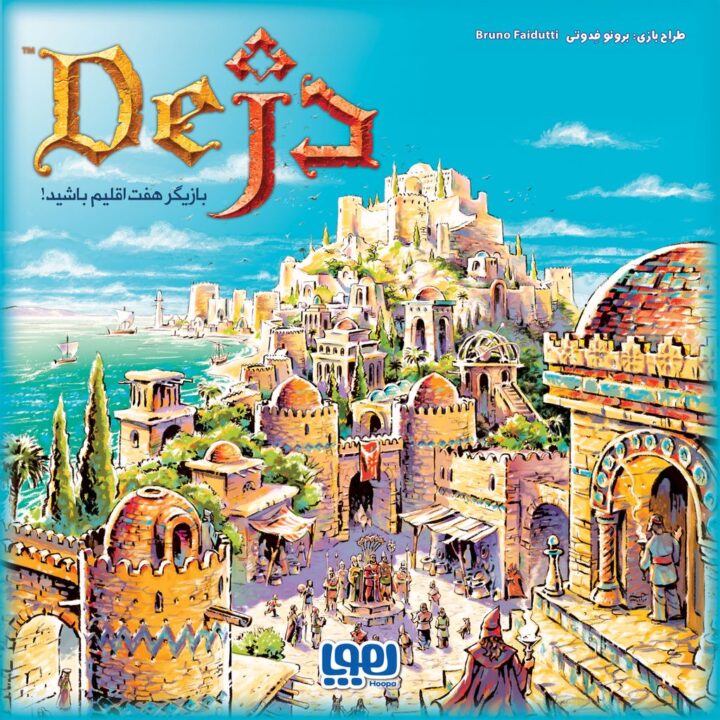
Exploring Building Variety and Game Pacing in Citadels
One of the gems of Citadels is the impressive variety of buildings you can construct. From towering cathedrals to secret vaults, each building not only adds to your cityscape but also to your strategic depth. This assortment means no two games are ever the same, keeping the gameplay fresh and engaging. The pacing of the game is just right, balancing between thoughtful planning and the thrill of execution. You’re constantly making decisions on what to build next, considering both the immediate benefits and how they’ll help in the long run. The end game is particularly exciting, as players race to complete their city first, adding a layer of urgency that keeps everyone on their toes.
Next, we’ll dive into the heart of Citadels – the interaction between players, alliances, and betrayals.
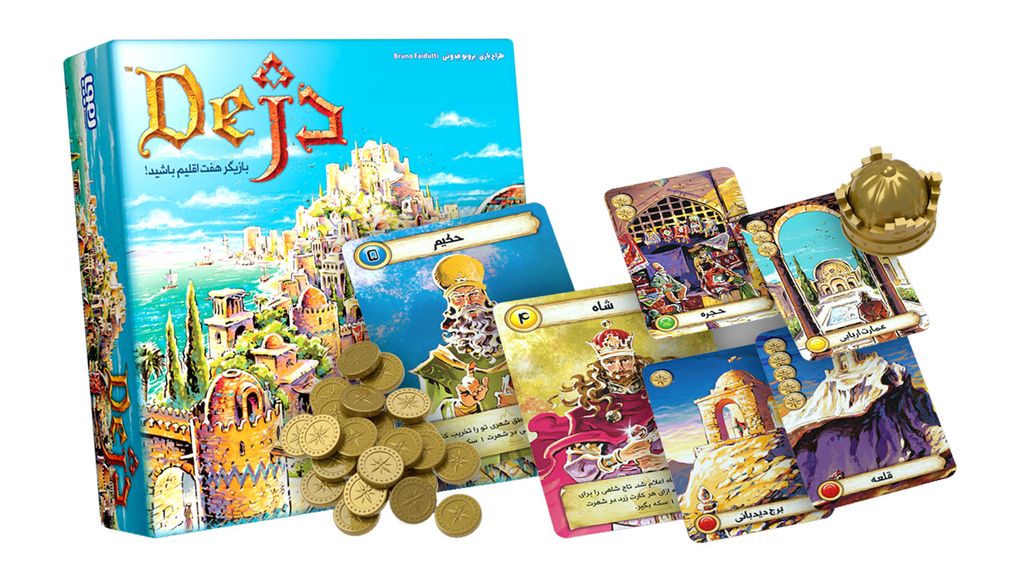
The Intricate Dance of Alliances and Betrayals in Citadels
When playing Citadels, part of its magic lies in the interactions between players. It’s a game where alliances form as quickly as they dissolve. One minute you’re working together with another player to thwart someone’s grand plan, and the next, you’re stabbing each other in the back to steal the victory. This dynamic is what breathes life into every game session, making no two games ever feel the same. The strategy extends beyond the cards you’re dealt; it’s about reading the room, predicting your friends’ moves, and sometimes, the sweet betrayal that no one saw coming. It’s this aspect that keeps everyone on their toes, eagerly anticipating the next twist.
With the stage set for unexpected alliances and betrayals, let’s shift our focus to the next captivating aspect of Citadels: the Card quality, artwork, and component durability.
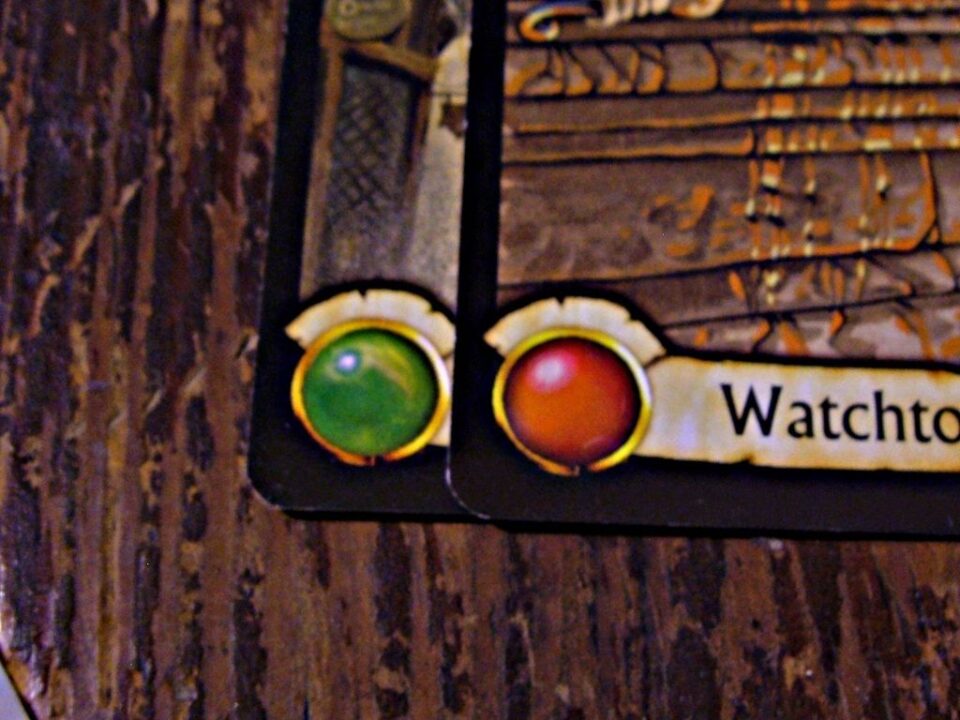
The Visual and Tactile Appeal of Citadels
When you dive into Citadels, the first thing that might catch your eye is the stunning artwork. Each character and building card is a little masterpiece, pulling you into its medieval fantasy world. It’s not just pretty pictures; this eye candy plays a huge role in setting up the game’s atmosphere, making it a feast for the eyes every time you play.
Card Quality and Durability
But what’s a beautiful game if it wears out after a few rounds? Fortunately, Citadels scores high on the component durability scale. The cards are thick and resilient, promising many game nights without fraying edges or bent corners. It’s clear they were made with passionate gamers in mind, who’ll shuffle, deal, and hold them repeatedly.
Given its visual appeal, solid build, and the compelling gameplay I’ve raved about, I wholeheartedly recommend Citadels to anyone looking for a deeply engaging board game that’s as much a treat to play as it is to look at.
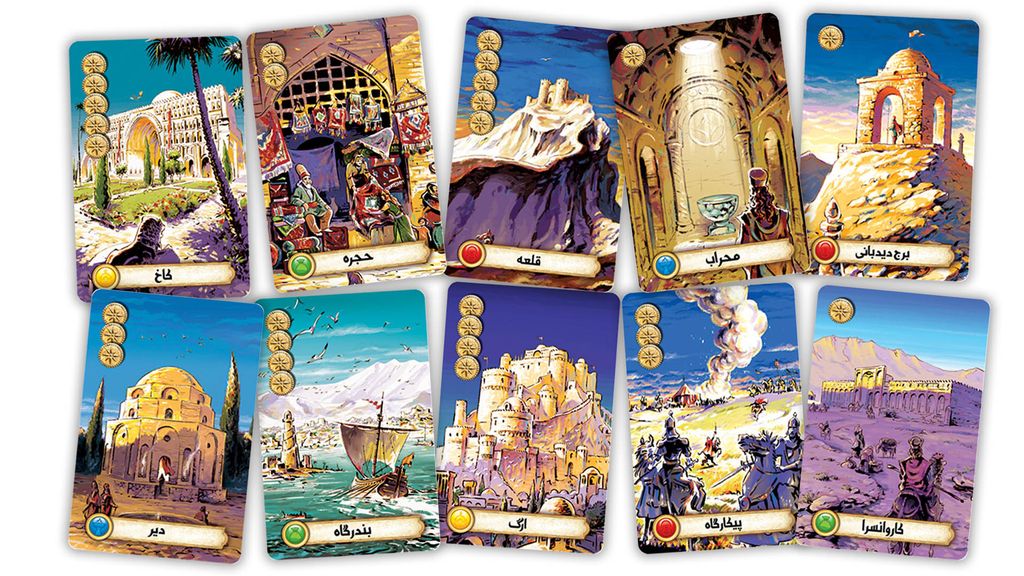
Conclusion
Wrapping up, ‘Citadels’ ticked a lot of boxes for me and my gaming crew. Between the sneaky character selection, the wide array of buildings to erect, and the cut-throat player interactions, this game had us hooked. Not to mention, the card quality and artwork are top-notch, adding to the overall immersive experience. Sure, ‘Citadels’ does require a bit of strategy and maybe a smidge more luck than I usually prefer, but it balances out in the end. It’s a game that keeps on giving, keeping each playthrough fresh and exciting. So, if you’re on the hunt for a game that’s rich in strategy, interaction, and has a strong visual appeal, ‘Citadels’ should definitely be on your radar. Ending this review, I’d say ‘Citadels’ is a solid choice for your next game night. Don’t just take my word for it; give it a try and see how you can outwit your friends and become the master of your own medieval city!

